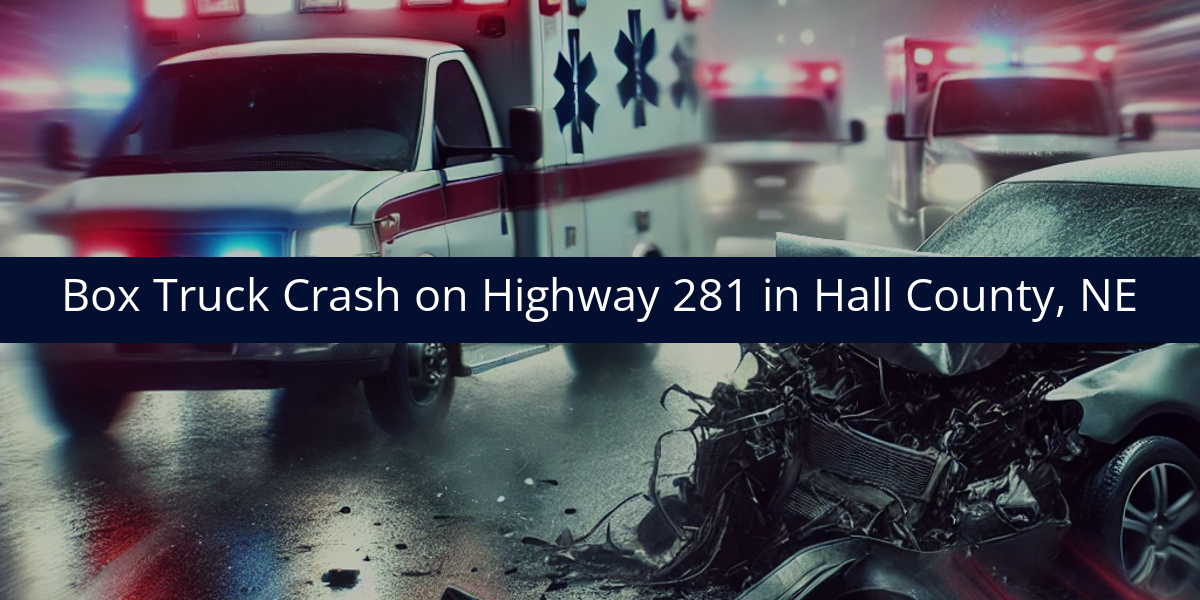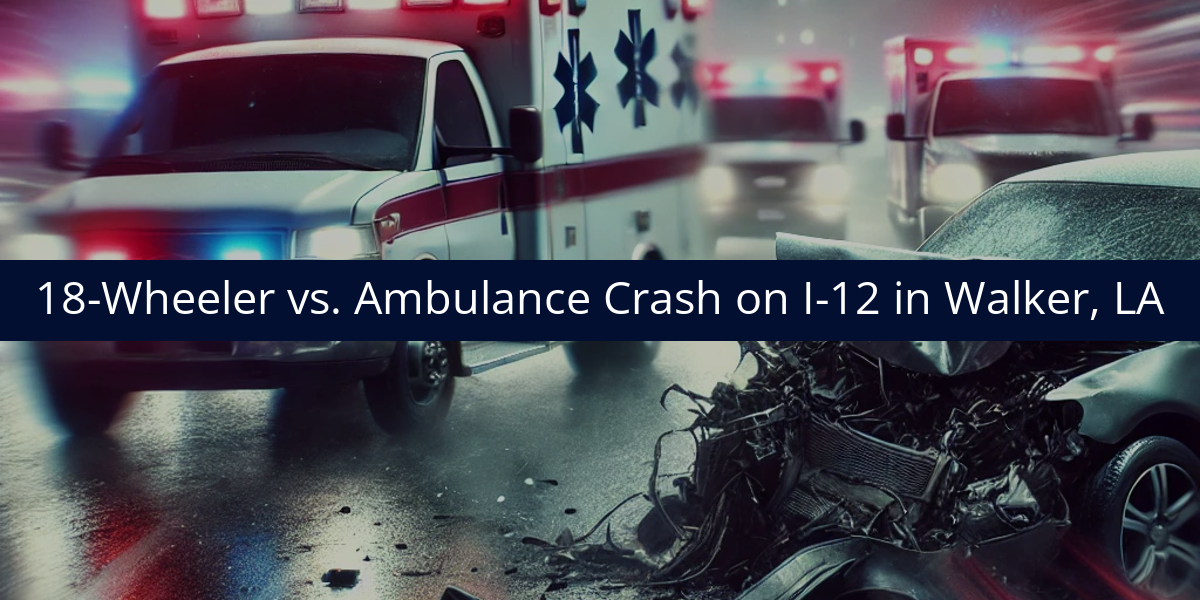Five people were sent to the hospital Wednesday morning on I-12 eastbound after an 18-wheeler collided with an ambulance and a fire truck near the Walker exit. Reports indicate the crash occurred around 7 a.m. as medics were assisting a man who had pulled over with chest pains. In total, five people were injured, including emergency personnel and the initial patient, all of whom were transported to the hospital. Local police confirmed that charges are pending for the tractor-trailer driver.
Crashes that involve commercial trucks hitting stopped emergency vehicles raise serious questions about driver attentiveness and vehicle condition. Investigators will need to carefully reconstruct the sequence of events to understand how the 18-wheeler came into contact with the ambulance and why the driver didn’t notice the emergency vehicles on scene.
Could Fatigue or Distraction Have Been a Factor?
When a semi strikes stationary emergency vehicles, distraction and fatigue are often at the forefront of the investigation. Police may review the driver’s work schedule and electronic logging device records to determine if he had exceeded federal hours-of-service limits. Phone records, in-cab footage, and witness statements could help establish whether the driver was paying attention to traffic conditions and warning lights ahead.
Were Mechanical Issues Involved?
Investigators should also examine the truck’s brakes, tires, and steering systems. A failure in any of these components could reduce stopping distance and make it harder for the driver to avoid the emergency vehicles on the shoulder. Maintenance logs will help establish whether the truck was roadworthy at the time of the crash or if overlooked issues played a role.
Evidence That Should Be Reviewed
Key evidence will include Engine Control Module (ECM) data from the 18-wheeler, which can provide speed, brake use, and throttle information in the seconds before impact. Scene evidence such as skid marks, vehicle positions, and the location of emergency warning devices (such as cones or flares) will also be critical. Statements from the ambulance and fire crews will help provide more context.
Why Getting Answers Matters
When a crash injures emergency responders who are helping someone in need, it highlights the importance of a thorough investigation. Determining whether this was the result of driver distraction, fatigue, or equipment failure will be essential to explain how and why it happened, and to ensure accountability.











